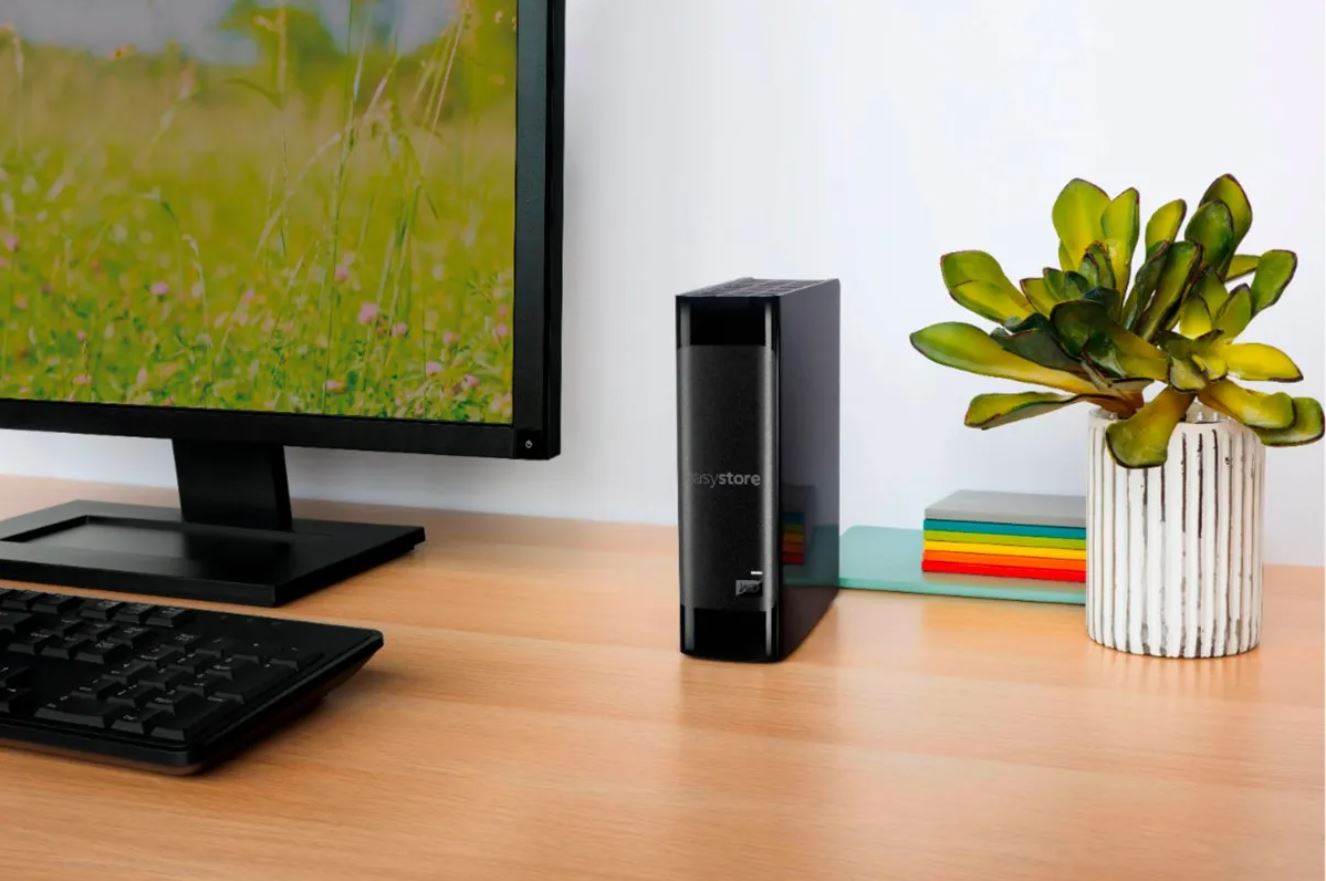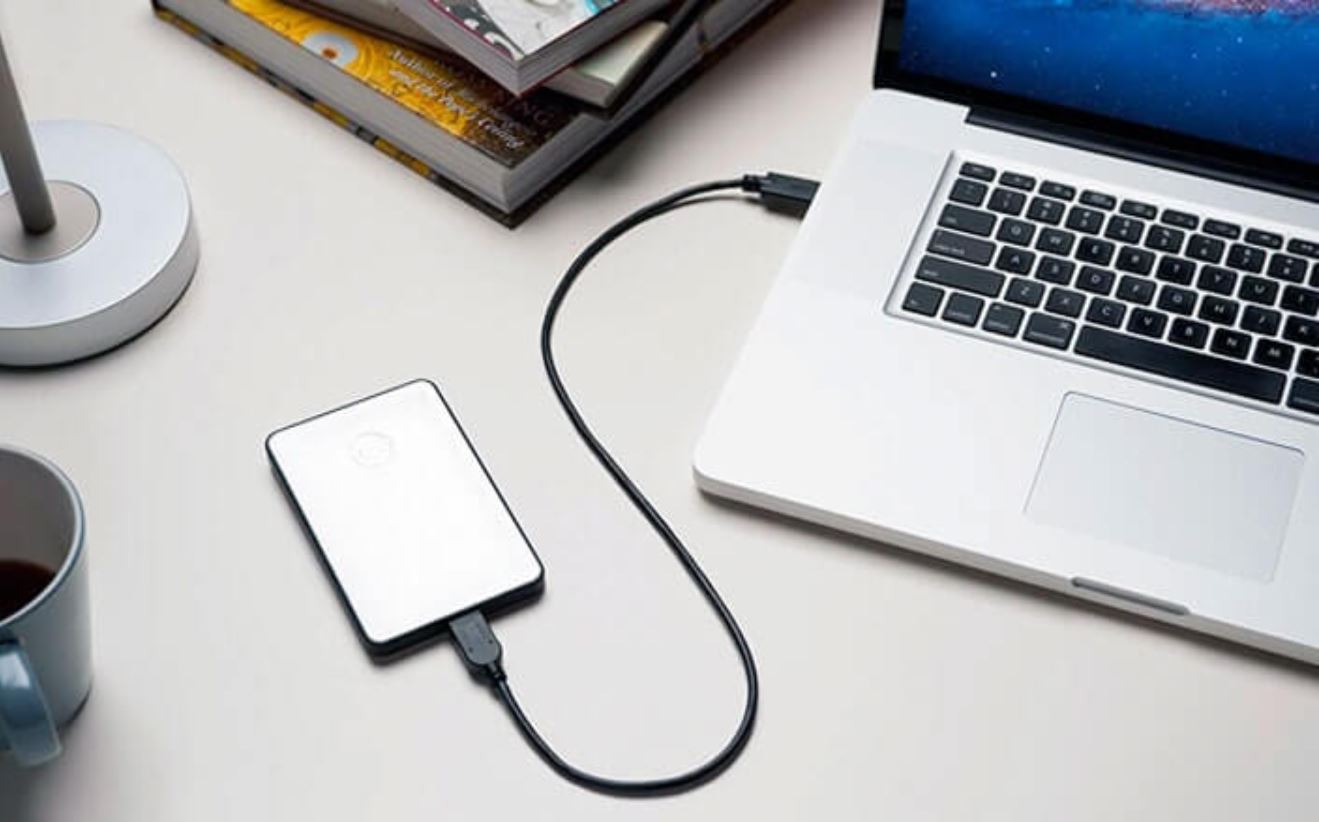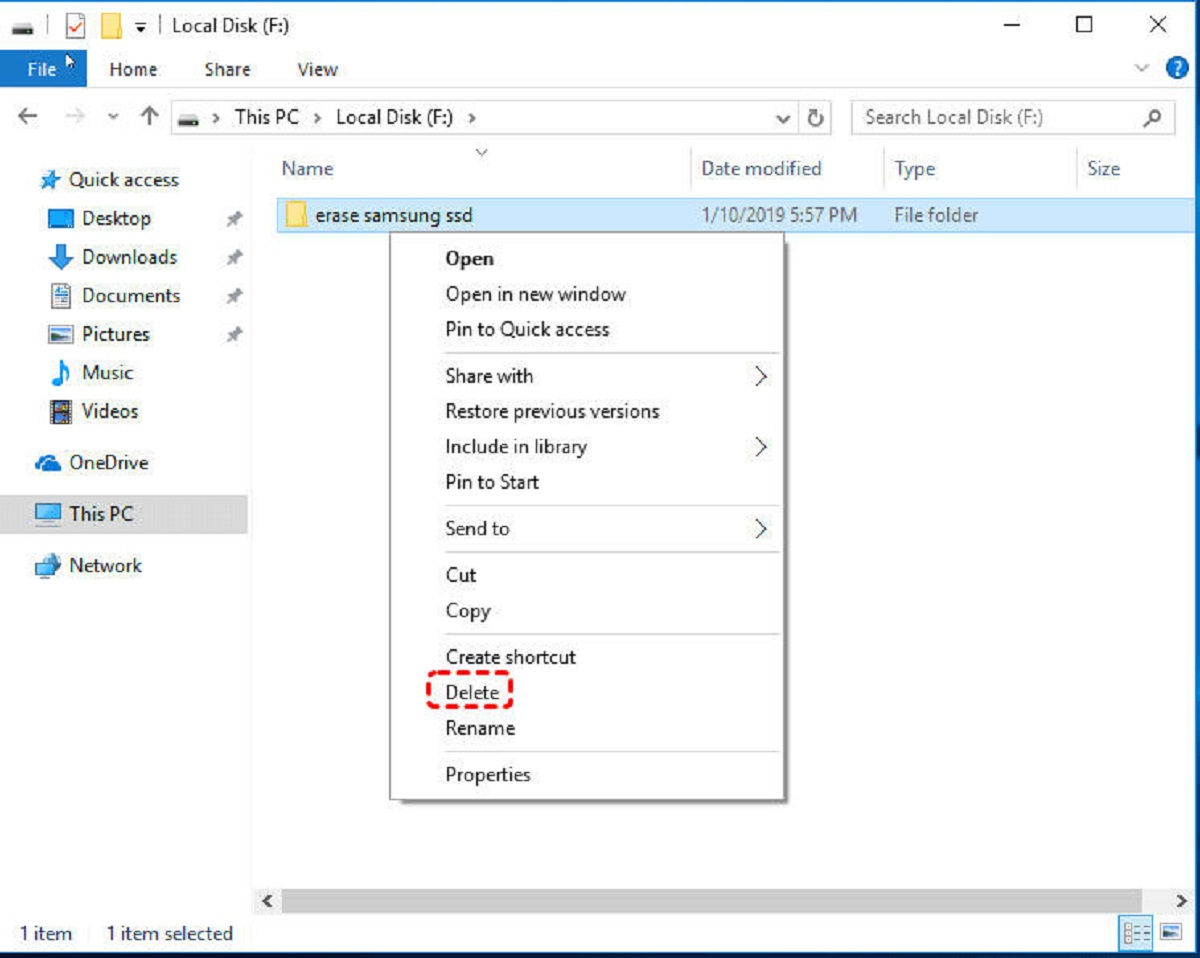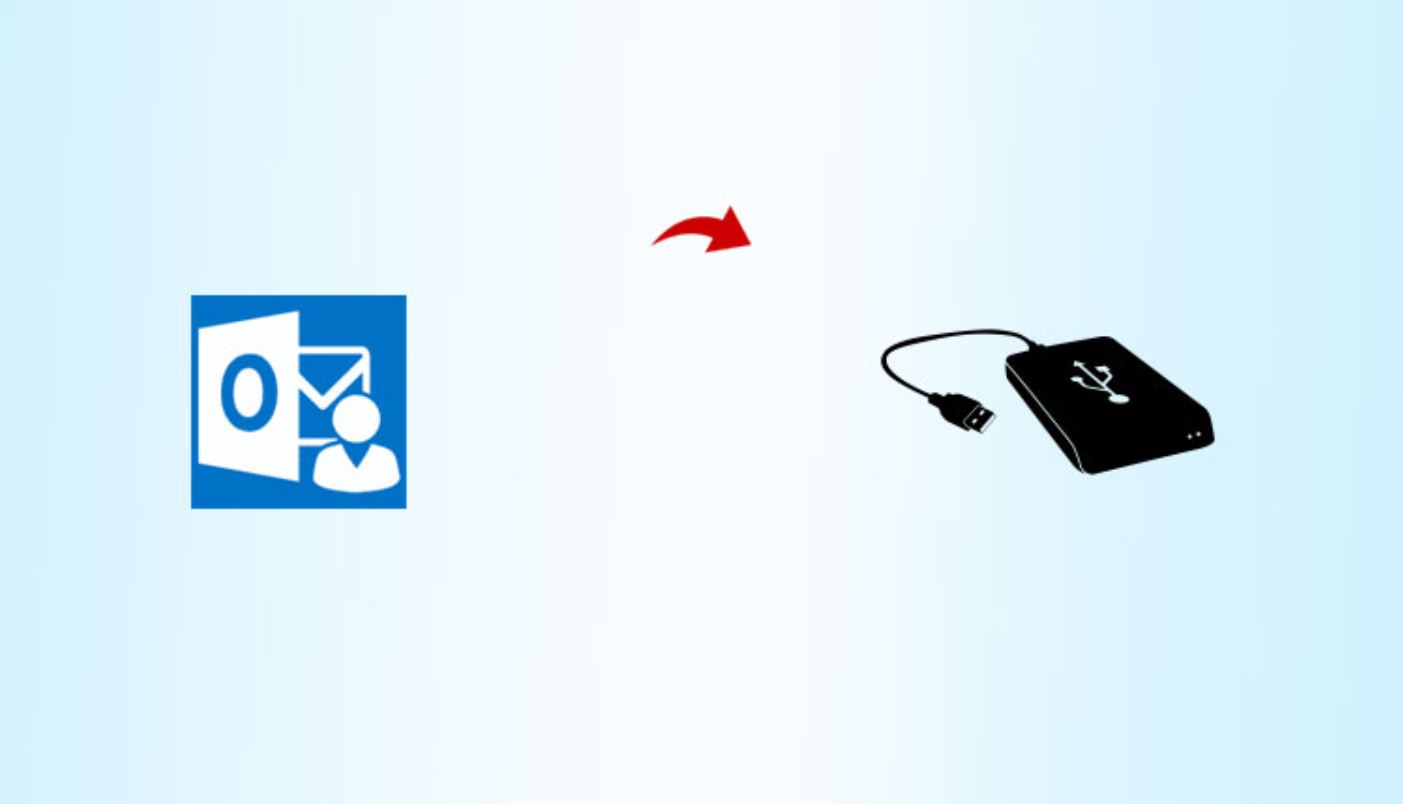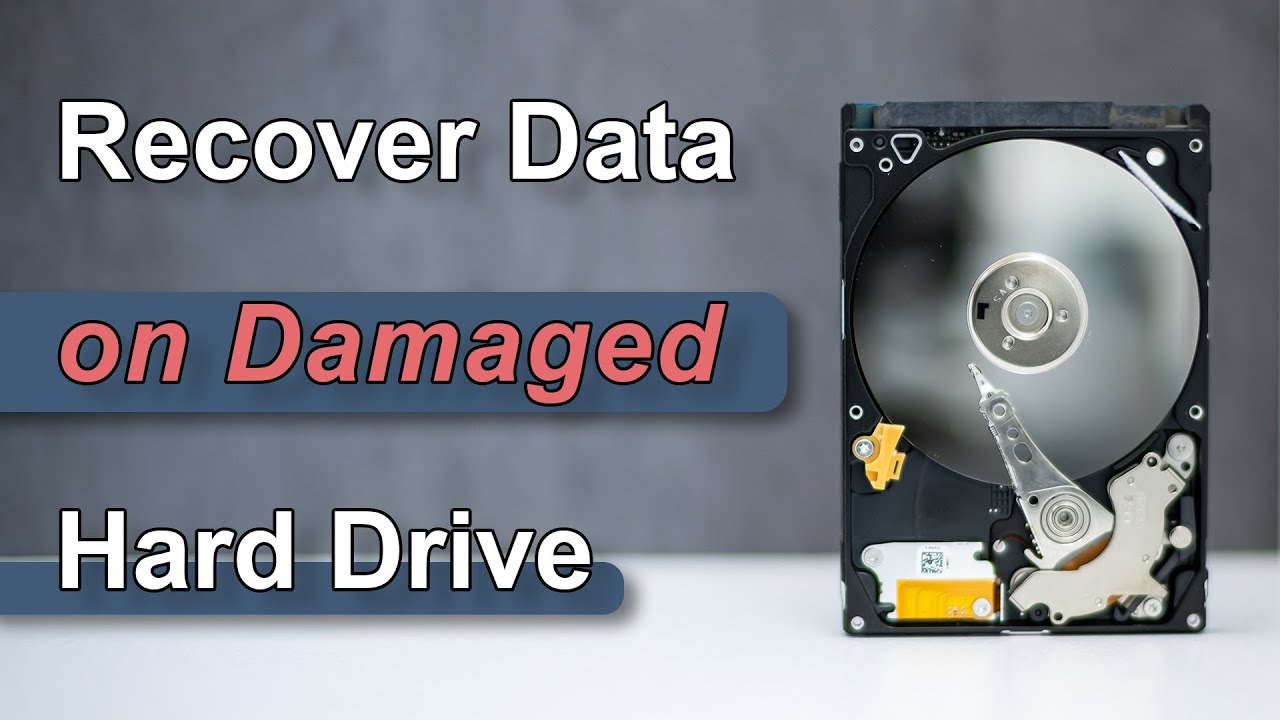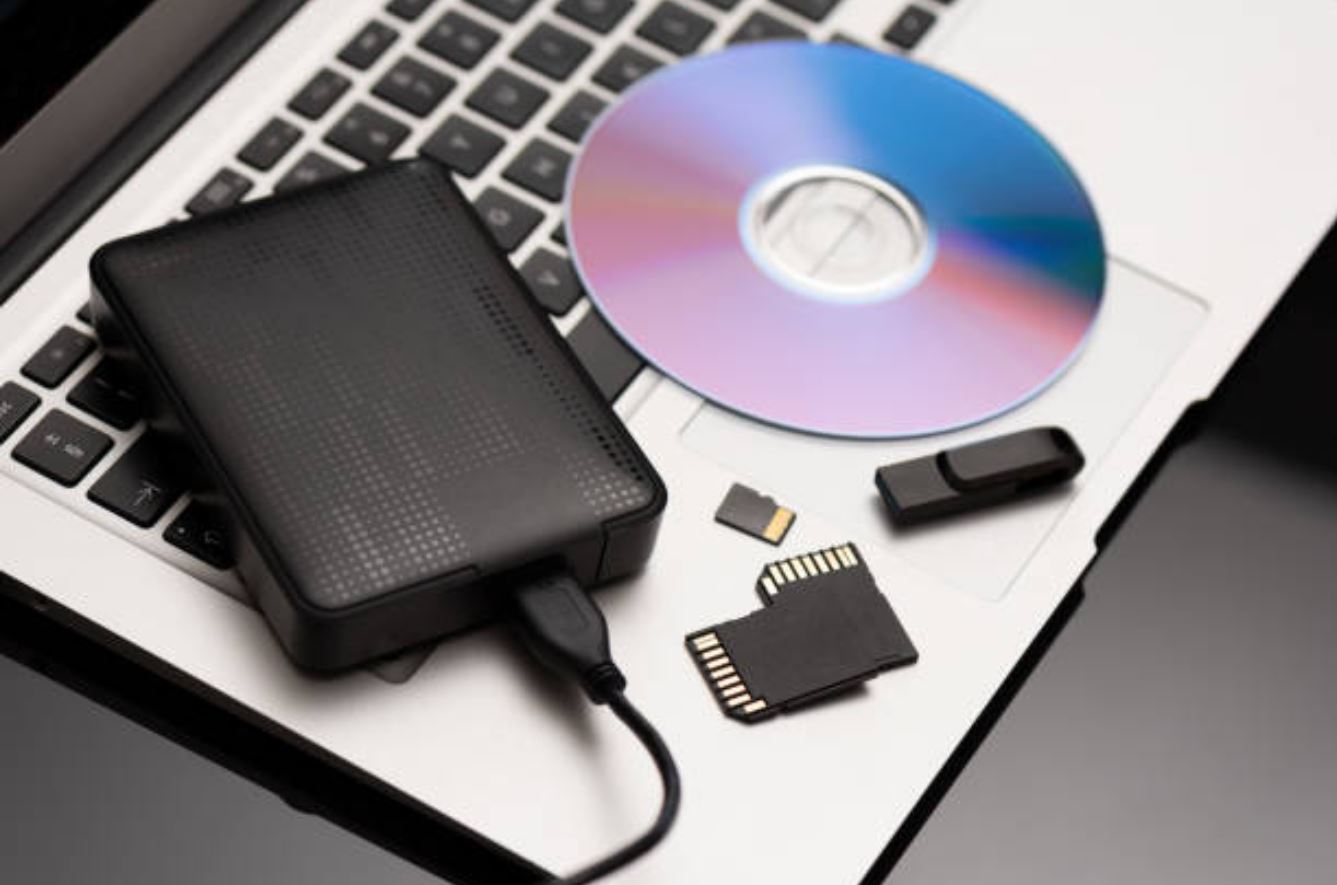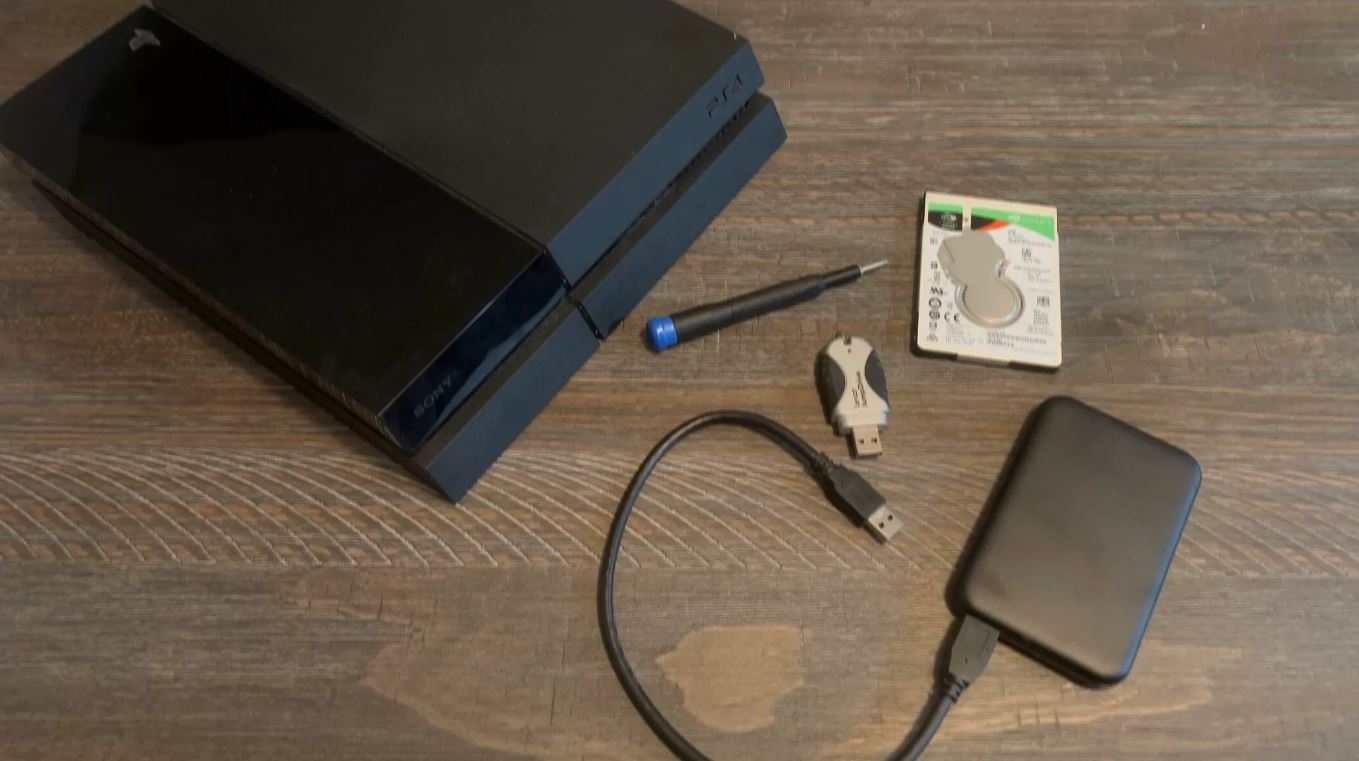Introduction
Dealing with a corrupted folder in an external hard drive can be frustrating. It can prevent you from accessing your files or even cause your computer to slow down. Fortunately, there are several methods you can try to delete a corrupted folder and regain control over your external hard drive.
A corrupted folder is typically caused by a problem with the file system on the external hard drive. It can occur due to various reasons, such as improper ejection of the drive, sudden power loss, or malware infections. When a folder becomes corrupted, it may display unusual behavior, such as being inaccessible, showing incorrect file sizes, or causing your computer to freeze.
In this guide, we will explore different methods to delete a corrupted folder in an external hard drive. These methods range from basic troubleshooting steps to more advanced techniques. Keep in mind that attempting these methods requires some technical knowledge, so it’s important to follow the steps carefully and back up your important data before proceeding.
Before we dive into the solutions, it’s crucial to mention that prevention is always better than cure when it comes to dealing with corrupted folders. Therefore, developing good habits when using your external hard drive can help minimize the risk of encountering such issues. This includes properly ejecting the drive, regularly scanning it for malware, and avoiding sudden power interruptions while transferring files.
Now, let’s explore the different methods you can use to delete a corrupted folder in your external hard drive and restore its functionality.
Understanding Corrupted Folders
Before we delve into the solutions for deleting a corrupted folder, it’s important to understand what a corrupted folder is and how it can impact your external hard drive.
A corrupted folder refers to a directory on your external hard drive that has become damaged or unreadable by the operating system. This can occur due to various reasons, including file system errors, hardware issues, malware infections, or improper handling of the drive.
When a folder becomes corrupted, it can exhibit several symptoms, such as being inaccessible, showing incorrect file sizes, displaying garbled file names, or causing the computer to freeze or slow down. In some cases, attempting to open the folder may result in error messages or system crashes.
Corrupted folders can be a major inconvenience, as they can prevent you from accessing your important files and folders stored on the external hard drive. This can be especially problematic if the corrupted folder contains critical data or if it impacts the overall performance of your computer.
It’s worth noting that a folder can become corrupted on its own or in conjunction with other files or folders on the external hard drive. In some cases, a single corrupted folder can disrupt the functionality of the entire drive, making it difficult to access any files or folders stored on it.
It’s important to diagnose the issue and understand the underlying cause of the folder corruption before attempting to delete it. This can help you choose the most appropriate solution and minimize the risk of data loss or further damage to the drive.
In the following sections, we will explore various methods to delete a corrupted folder in an external hard drive. These methods involve checking for malware or virus infections, running the CHKDSK utility to fix file system errors, attempting to delete the folder in Safe Mode, utilizing the Command Prompt, or using third-party software specifically designed for data recovery and file deletion.
Let’s proceed to the next section to start troubleshooting and learn how to delete a corrupted folder from your external hard drive.
Check for Malware or Virus Infections
One of the first steps you should take when dealing with a corrupted folder in your external hard drive is to check for malware or virus infections. Malicious software can cause file system errors and corrupt folders, making it difficult to access or delete them.
To check for malware or virus infections, follow these steps:
- Update Your Antivirus Software: Ensure that your antivirus software is up to date with the latest virus definitions. This will help in detecting and removing any malicious files or programs that may be causing the folder corruption.
- Perform a Full System Scan: Run a thorough scan of your computer, including the external hard drive. This will help identify any viruses or malware that may have infected your files or folders.
- Quarantine or Remove Detected Malware: If your antivirus software detects any malware or viruses, follow the recommended actions to quarantine or remove them from your system. This step will help prevent further corruption of your folders and files.
Once you have completed these steps, restart your computer and reconnect the external hard drive. Check if the corrupted folder is still present and accessible. If the issue persists, proceed to the next troubleshooting method.
Checking for malware or virus infections is an essential step in maintaining the security and integrity of your external hard drive. By keeping your system protected, you can minimize the chances of folder corruption and other related issues.
In the next section, we will explore how to run the CHKDSK utility to fix file system errors that may be causing the corruption of your folders in the external hard drive.
Run CHKDSK Utility to Fix File System Errors
If you’re dealing with a corrupted folder in your external hard drive, running the CHKDSK (Check Disk) utility can help fix file system errors that may be causing the problem.
To run CHKDSK, follow these steps:
- Open Command Prompt: Press the Windows key + R to open the Run dialog box. Type “cmd” and press Enter to open the Command Prompt.
- Type the CHKDSK Command: In the Command Prompt, type the following command and press Enter:
chkdsk /f X:Replace “X” with the drive letter assigned to your external hard drive. For example, if your external hard drive is assigned the drive letter “E,” the command will be
chkdsk /f E:. - Wait for the Scan to Complete: The CHKDSK utility will scan the external hard drive for file system errors and fix any issues it finds. This process may take some time, depending on the size and condition of your drive.
- Restart Your Computer: Once the scan is complete, restart your computer and reconnect the external hard drive.
After restarting your computer and reconnecting the external hard drive, check if the corrupted folder is still present. If the issue persists, proceed to the next troubleshooting method.
Running the CHKDSK utility can help resolve file system errors that may be causing the corruption of folders in your external hard drive. By fixing these errors, you increase the chances of being able to access and delete the corrupted folder.
In the next section, we will explore how to delete the corrupted folder in Safe Mode, which can help troubleshoot and remove any potential software conflicts causing the issue.
Try Deleting the Folder in Safe Mode
If you’re unable to delete a corrupted folder in your external hard drive using normal boot mode, trying to delete it in Safe Mode can help resolve any software conflicts that may be causing the issue.
To delete the folder in Safe Mode, follow these steps:
- Restart Your Computer: Begin by restarting your computer.
- Access Safe Mode: As your computer restarts, press the appropriate key (usually F8 or Shift + F8) to access the Advanced Boot Options menu. Select “Safe Mode” and press Enter.
- Navigate to the Corrupted Folder: Once you’re in Safe Mode, navigate to the location of the corrupted folder on your external hard drive.
- Delete the Folder: Right-click on the corrupted folder and select “Delete” from the context menu. Follow any prompts to confirm the deletion.
After deleting the folder in Safe Mode, restart your computer again in normal boot mode. Reconnect the external hard drive and check if the corrupted folder is no longer present.
If the folder is successfully deleted in Safe Mode, it indicates that there might have been a conflict with a software or driver during normal boot mode that prevented you from deleting it. Deleting the folder in Safe Mode bypasses these conflicts and allows you to remove it.
If the corrupted folder persists even in Safe Mode, proceed to the next troubleshooting method to utilize the Command Prompt for deletion.
In the next section, we will explore how to use the Command Prompt to delete the corrupted folder from your external hard drive.
Utilize Command Prompt to Delete the Corrupted Folder
If you’re still unable to delete a corrupted folder in your external hard drive using the regular file explorer, utilizing the Command Prompt can provide a solution. The Command Prompt allows you to access powerful command-line tools that can help you delete stubborn files or folders.
To delete the corrupted folder using the Command Prompt, follow these steps:
- Open Command Prompt: Press the Windows key + R to open the Run dialog box. Type “cmd” and press Enter to open the Command Prompt.
- Navigate to the External Hard Drive: In the Command Prompt, use the command
cdfollowed by the drive letter corresponding to your external hard drive. For example, if your external hard drive is assigned the drive letter “E,” typecd E:and press Enter. - Use the DEL Command: Once you are in the external hard drive directory, type the following command and press Enter to delete the corrupted folder:
del /s foldernameReplace “foldername” with the name of the corrupted folder you want to delete.
- Confirm Deletion: The Command Prompt will ask for confirmation to delete the folder. Type “Y” and press Enter to proceed with the deletion.
After executing the command, the Command Prompt will search for the specified folder and all its sub-folders within the external hard drive and delete them. Once the process is complete, restart your computer, reconnect the external hard drive, and check if the corrupted folder has been successfully removed.
Deleting the corrupted folder through the Command Prompt can bypass any file explorer restrictions or issues that may be preventing you from deleting it. It offers a more direct and powerful approach to removing stubborn folders from your external hard drive.
If the Command Prompt method doesn’t resolve the issue, consider trying third-party software designed specifically for data recovery and file deletion, as discussed in the following section.
Use Third-Party Software to Remove the Corrupted Folder
If all the previous methods have failed to delete the corrupted folder from your external hard drive, using third-party software designed for data recovery and file management can be a viable solution.
There are various third-party software options available that can help you remove stubborn and corrupted folders. These software tools often come with advanced features and algorithms specifically designed to handle file deletion and recovery scenarios.
When choosing third-party software, make sure to select a reputable and trusted application. Look for software that offers features such as folder scanning, selective deletion, and secure file removal to ensure maximum effectiveness and data safety.
To utilize third-party software to remove the corrupted folder, follow these general steps:
- Research and Choose the Software: Look for reliable software that specializes in file deletion and data recovery. Read reviews and compare features to select the most appropriate tool for your needs.
- Download and Install the Software: Visit the official website of the chosen software and download the installation file. Follow the on-screen instructions to install the software on your computer.
- Launch the Software and Select the External Hard Drive: Open the software and choose the external hard drive that contains the corrupted folder. Allow the software to scan the drive and identify the corrupted folder.
- Select the Corrupted Folder for Deletion: Once the software has identified the corrupted folder, select it from the list and choose the deletion option. Follow any prompts or instructions provided by the software to complete the deletion process.
Using third-party software can provide a more advanced and specialized approach to removing the corrupted folder. These tools are designed to handle complex file management scenarios and can be effective when other methods fail.
Finally, after successfully removing the corrupted folder, it is recommended to perform a thorough system scan and create backups of your important files to ensure the continued stability and security of your external hard drive.
Now that you have learned different methods to delete a corrupted folder from an external hard drive, you can choose the most suitable approach based on your specific situation and requirements.
Conclusion
Dealing with a corrupted folder in an external hard drive can be a frustrating experience. However, with the right knowledge and troubleshooting methods, you can regain control over your device. Throughout this guide, we explored various techniques to delete a corrupted folder.
We started by understanding what a corrupted folder is and the common causes behind its occurrence. We then explored several methods to resolve the issue, including checking for malware or virus infections, running the CHKDSK utility to fix file system errors, trying to delete the folder in Safe Mode, utilizing the Command Prompt, and using third-party software.
Checking for malware or viruses is crucial for maintaining the security and integrity of your external hard drive. Running the CHKDSK utility helps in fixing file system errors that may be causing the folder corruption. Deleting the corrupted folder in Safe Mode bypasses any potential software conflicts that hinder the deletion process.
In case the above methods fail, utilizing the Command Prompt provides a powerful and direct approach to deleting stubborn folders. If all else fails, relying on trusted third-party software designed for data recovery and file management can be a viable solution.
Remember to take precautionary measures to prevent folder corruption in the future. Properly ejecting the external hard drive, regularly scanning for malware, and avoiding sudden power interruptions during file transfers can help minimize the risk of encountering corrupted folders.
It is essential to approach the troubleshooting methods outlined in this guide with caution and follow the instructions carefully. Additionally, backing up important data before attempting any troubleshooting steps is highly recommended to avoid potential data loss.
By following the tips and techniques provided, you can effectively delete a corrupted folder in your external hard drive and restore its functionality. Stay vigilant and maintain good practices to keep your files and folders secure.









